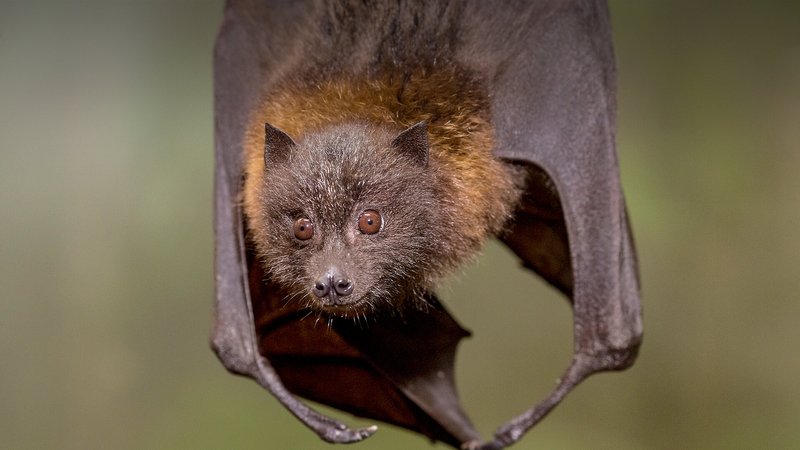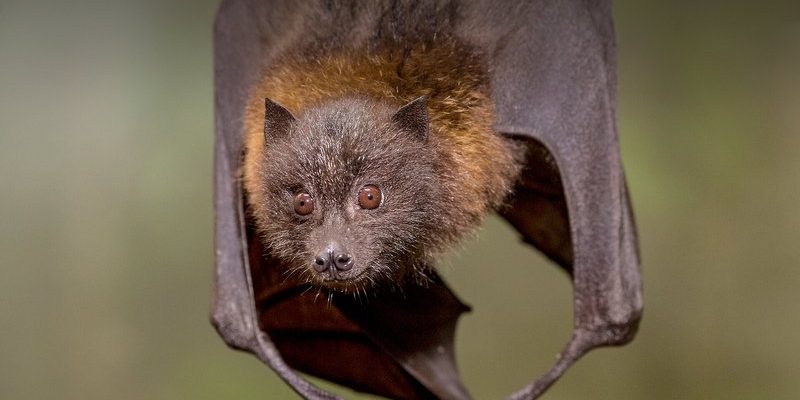
Imagine walking through a tropical forest where the air is rich with the scent of ripe fruit. Above, you might see these bats fluttering around, like flying foxes, their wings stretched wide as they swoop down to munch on juicy mangos or guavas. Unfortunately, the reality is a bit grimmer. Various species of fruit bats are indeed facing peril due to habitat loss, hunting, and climate change. In this article, we’ll dive into the factors threatening their survival, the conservation efforts underway, and what you can do to help these remarkable animals thrive.
What Are Fruit Bats?
Fruit bats, also known as flying foxes, belong to the family Pteropodidae. They can be found in tropical and subtropical regions across the globe, with diverse species ranging from the large, intimidating Giant Golden-Crowned Flying Fox in the Philippines to the smaller Little Red Flying Fox found in Australia. These bats are easily recognized by their large bodies, big eyes, and furry faces that make them look surprisingly cute for a bat.
What sets fruit bats apart from other bat species is their diet. They primarily feed on fruits, nectar, and flowers, which makes them crucial for pollinating plants and dispersing seeds. Think of them as nature’s gardeners! When fruit bats consume fruit, they often carry the seeds away, dropping them in different locations where new plants can grow. So, while they might seem like just another bat in the night, their role in the ecosystem is vital and deserves our attention.
Why Are Fruit Bats Endangered?
The endangerment of fruit bats can be traced back to various factors, with habitat loss being the most significant. As urbanization expands and forests are cleared for agriculture or development, fruit bats find themselves losing their homes and food sources. Imagine being told you can no longer go to your favorite café because it was torn down to make way for a parking lot. That’s what’s happening to these bats, and it’s a big deal.
Hunting and poaching also pose serious threats. In some cultures, fruit bats are hunted for food, while in others, they’re seen as pests that damage crops. Either way, the result is the same: diminishing populations. Besides, climate change is messing with their habitats, altering temperatures and weather patterns, which can lead to food shortages. It’s a tough time to be a fruit bat, and they need our help more than ever.
Current Conservation Status of Fruit Bats
As of now, some species of fruit bats are considered endangered or vulnerable. The IUCN Red List, which assesses the conservation status of species globally, has highlighted several fruit bat species that are at risk. For instance, the Seychelles Flying Fox is classified as vulnerable primarily due to habitat destruction and hunting practices.
However, it’s not all doom and gloom! Various conservation groups and governments are stepping up to make a difference. Initiatives range from habitat restoration projects to awareness campaigns aimed at reducing hunting. In places where eco-tourism flourishes, communities are beginning to see the economic value of protecting fruit bats and their habitats rather than exploiting them. This shift in perspective is crucial for ensuring a brighter future for these remarkable creatures.
What’s Being Done to Protect Fruit Bats?
Conservation efforts for fruit bats are gaining momentum in multiple forms. One of the key strategies is establishing protected areas where bats can thrive without the threat of habitat destruction. These sanctuaries allow for safe breeding zones and provide essential food sources for the bats.
Another critical approach is community engagement. Local communities are being educated about the importance of fruit bats and their ecological roles. By promoting sustainable practices, such as responsible farming and tourism, we can encourage people to coexist with these animals rather than see them as threats.
Lastly, research plays a vital role. Scientists are studying fruit bat populations and their behaviors to understand their needs better. This research helps direct conservation efforts more effectively. The more we know about fruit bats, the better equipped we are to help them!
How Can You Help Fruit Bats?
If you’re wondering how you can contribute to the conservation of fruit bats, you’re not alone! Here are some practical steps you can take:
- Support Conservation Organizations: Donate to or volunteer with organizations dedicated to bat conservation.
- Spread Awareness: Educate your friends and family about the importance of fruit bats and the challenges they face.
- Choose Sustainable Products: When shopping, opt for products that support sustainable farming and rainforest conservation.
- Report Illegal Hunting: If you see any signs of bat hunting or poaching in your area, report it to local authorities.
Every small action can have a bigger impact than you might think. Just like those fruit bats dispersing seeds, together, we can help plant the seeds of change for their future.
The Bigger Picture: Ecosystem Health and Biodiversity
It’s essential to remember that fruit bats are not only charming creatures but also vital components of their ecosystems. Their role in pollination and seed dispersal helps maintain the health of forests and other habitats. A drop in their numbers can lead to disrupted ecosystems, affecting everything from plant life to the animals that rely on those plants for food.
By protecting fruit bats, we’re also investing in broader biodiversity. Healthy ecosystems benefit us all, providing clean air, water, and resources we depend on. So, when we talk about fruit bats, we’re really talking about a much bigger picture: the health of our planet.
In conclusion, the plight of the fruit bat is a profound reminder of how intertwined our lives are with the natural world. Understanding whether fruit bats are endangered is just the start; it’s about recognizing our responsibility to protect them and their habitats. Their survival is a testament to the health of our ecosystems and biodiversity.
As we move forward, let’s keep our eyes on these flying foxes and support conservation efforts. After all, every time we advocate for fruit bats or contribute to their safety, we embrace the spirit of coexistence. So, let’s raise a toast—perhaps with some fresh fruit—celebrating these incredible creatures and the hope that we can improve their future together.

